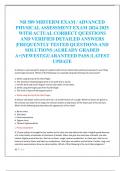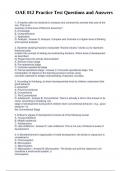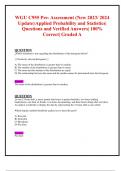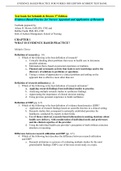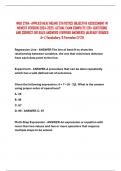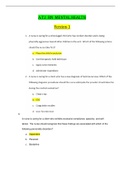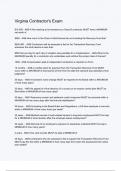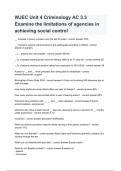Exam (elaborations)
NR 509 MIDTERM EXAM / ADVANCED PHYSICAL ASSESSMENT EXAM WITH ACTUAL CORRECT QUESTIONS AND VERIFIED DETAILED ANSWERS |FREQUENTLY TESTED QUESTIONS AND SOLUTIONS |ALREADY GRADED A+|NEWEST|GUARANTEED PASS |LATEST UPDATE
- Course
- Institution
NR 509 MIDTERM EXAM / ADVANCED PHYSICAL ASSESSMENT EXAM WITH ACTUAL CORRECT QUESTIONS AND VERIFIED DETAILED ANSWERS |FREQUENTLY TESTED QUESTIONS AND SOLUTIONS |ALREADY GRADED A+|NEWEST|GUARANTEED PASS |LATEST UPDATE
[Show more]
